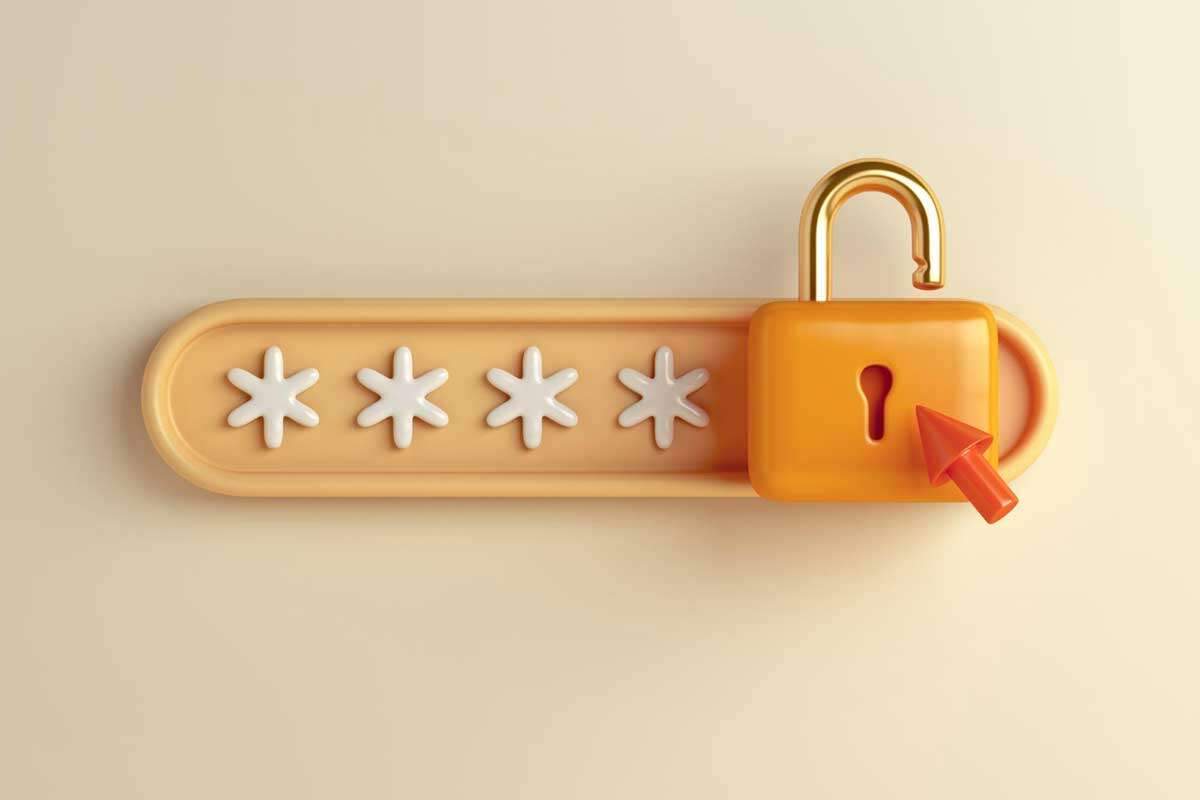In today’s interconnected world, cybersecurity has become a critical aspect of our daily lives. From personal data to financial transactions, our homes are filled with valuable digital assets that require protection from cyber threats. To ensure the safety and privacy of your online presence, we present seven practical and effective strategies to enhance cybersecurity within the comfort of your own home.
Strengthening Passwords: A Key Step for Home Cybersecurity Defense
The first line of defense starts with fortified passwords. Create unique and complex passwords for all your online accounts. Avoid common phrases, incorporate a mix of uppercase and lowercase letters, numbers, and symbols. Consider using a reliable password manager to securely store your passwords.

Keep Updated: The Role of Software Updates in Home Cybersecurity
Regularly update your operating systems, software, and applications. These updates often include essential security patches that address vulnerabilities. Enable automatic updates whenever possible to ensure your devices are armed with the latest security features.

Securing Your Digital Perimeter: Essential Steps to Protect Your Home Network
Activate and configure firewalls on your home network routers and devices. Firewalls serve as a barrier between your network and potential intruders, monitoring and blocking suspicious incoming and outgoing connections. Opt for robust hardware firewalls or install reputable software firewalls for added protection.

Wi-Fi Protection: Safeguarding Your Home Network from Cyber Threats
Secure your Wi-Fi network with a strong, unique password and encryption. Avoid using default network names (SSIDs) and passwords provided by your Internet Service Provider. Implement Wi-Fi Protected Access (WPA2 or WPA3) encryption protocols for a secure connection. Additionally, consider disabling the broadcasting of your network’s SSID to make it less visible to potential attackers.

Multi-Factor Authentication: Strengthening Home Cybersecurity Layers
Multi-factor authentication adds an extra layer of security by requiring additional verification steps to access your accounts. Enable MFA whenever possible, utilizing methods such as biometrics, SMS codes, or authenticator apps. This significantly reduces the risk of unauthorized access, even if your password gets compromised.

Defending Against Phishing: Recognizing and Avoiding Online Threats at Home
Phishing emails and messages continue to be a prevalent threat. Exercise caution when clicking on links or opening attachments, especially from unknown senders. Verify the legitimacy of emails by double-checking email addresses and avoiding sharing sensitive information through unencrypted channels.

Educating Your Household: Promoting a Culture of Home Cyber Awareness
Education is key to combating cyber threats. Regularly update yourself and your family members about current cybersecurity best practices, such as recognizing and avoiding suspicious websites, using secure payment methods, and being cautious about sharing personal information online. Foster a culture of cyber awareness within your household.

Protecting your digital haven is crucial in today’s technologically advanced landscape. By implementing these seven practical strategies, you can fortify your home’s cybersecurity defenses and safeguard your personal information. Remember, proactive measures combined with ongoing vigilance will significantly reduce the risk of falling victim to cyber threats. Stay informed, stay secure, and enjoy the digital world with peace of mind.











Discussion about this post